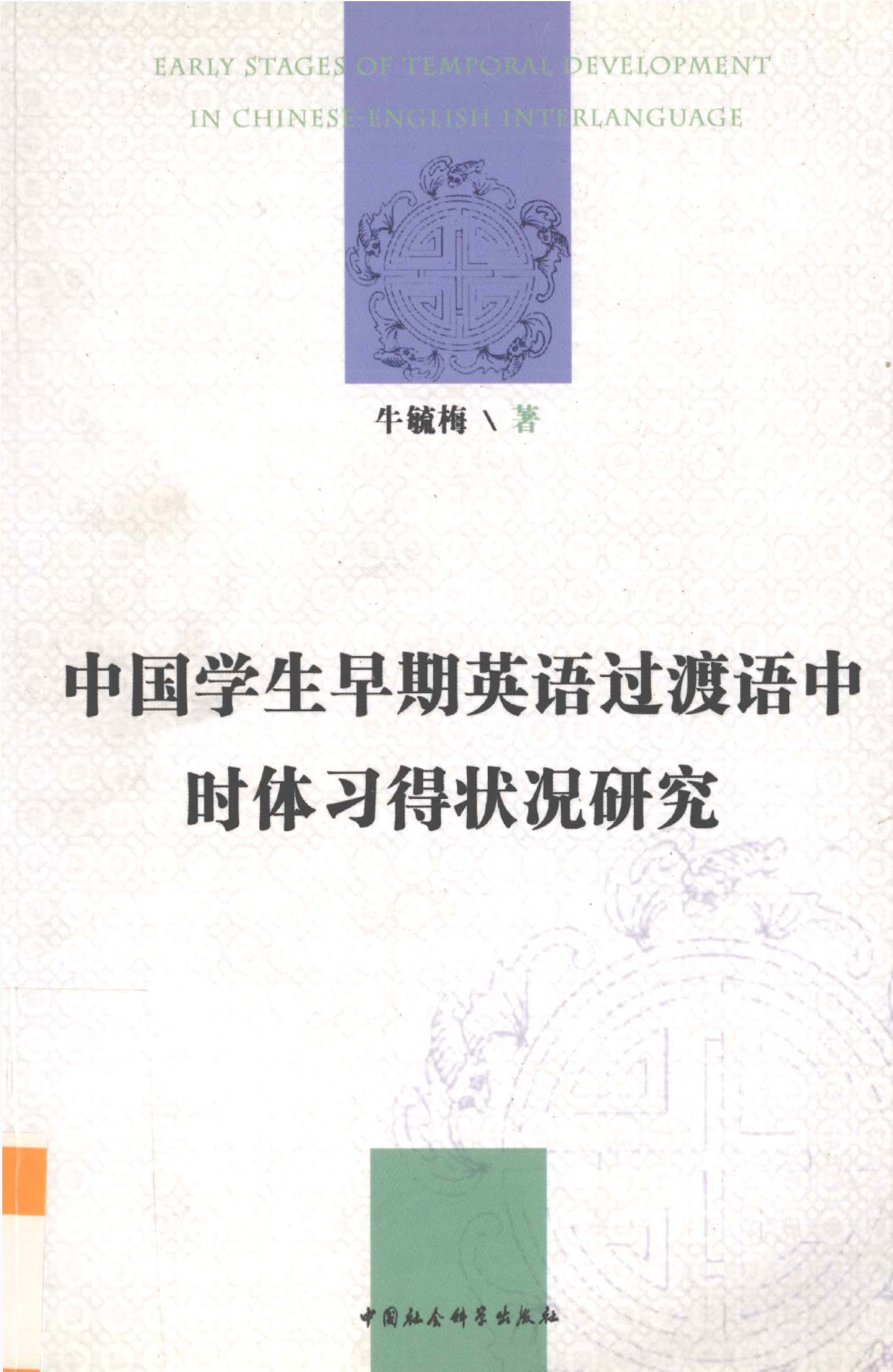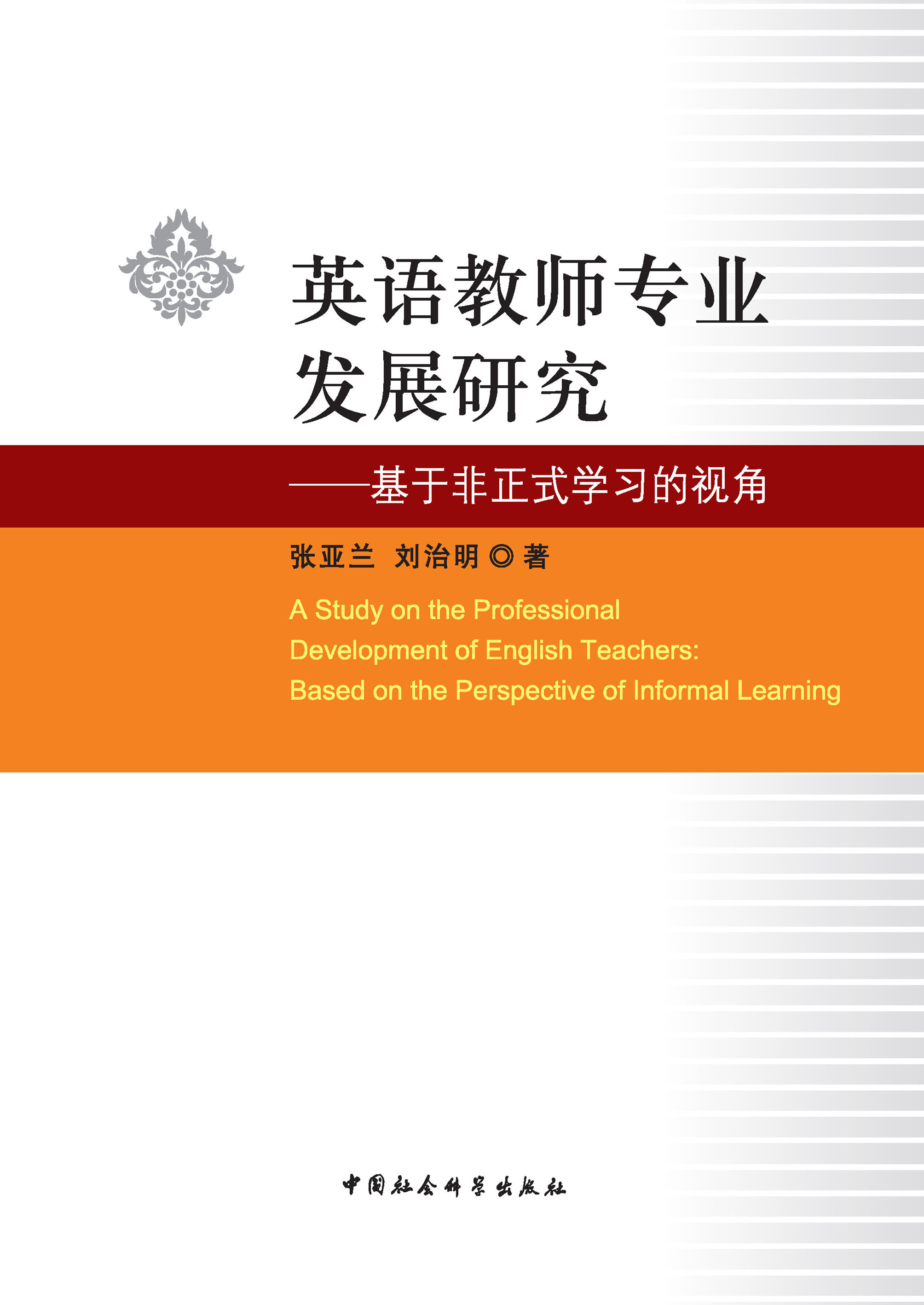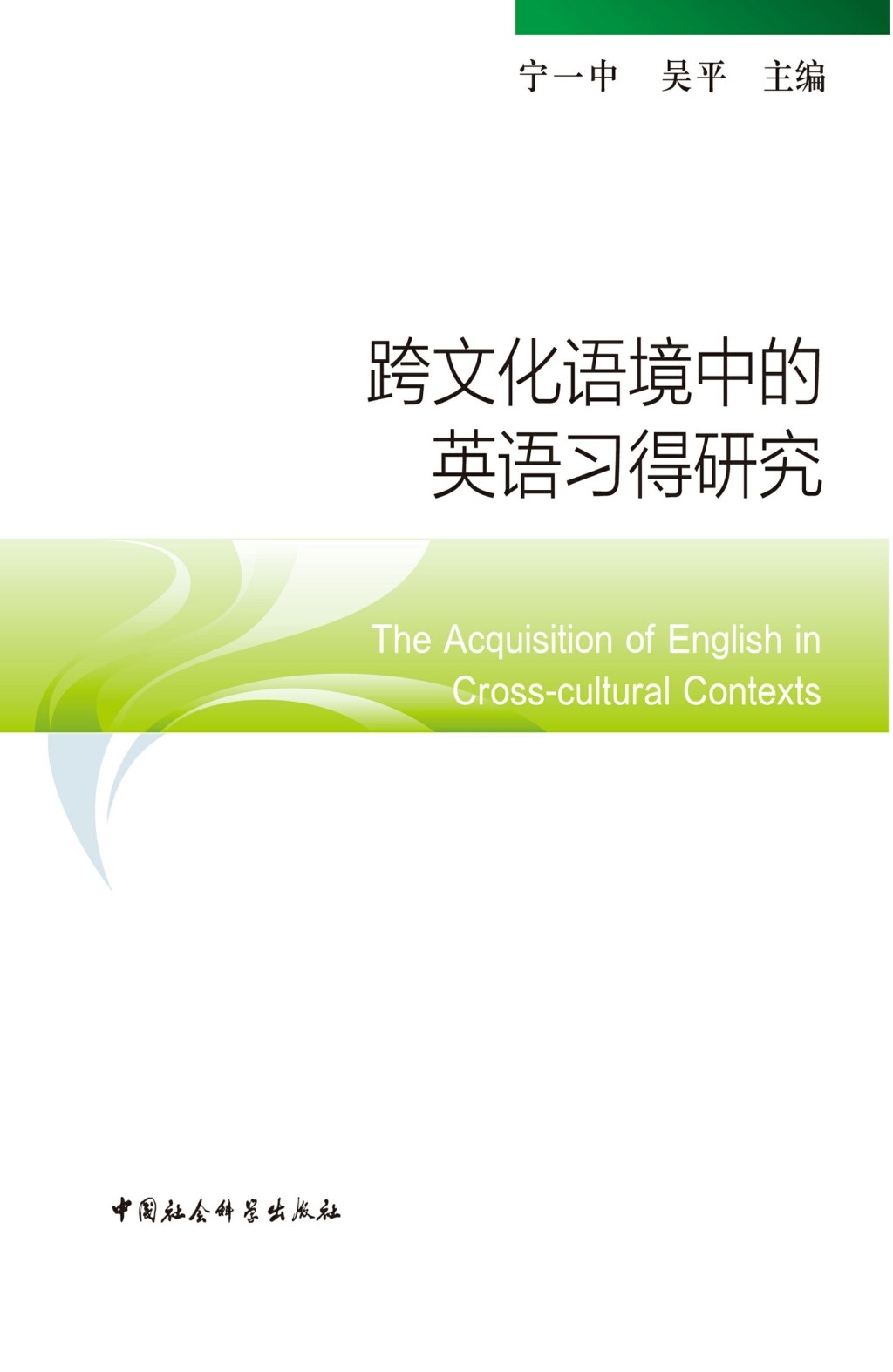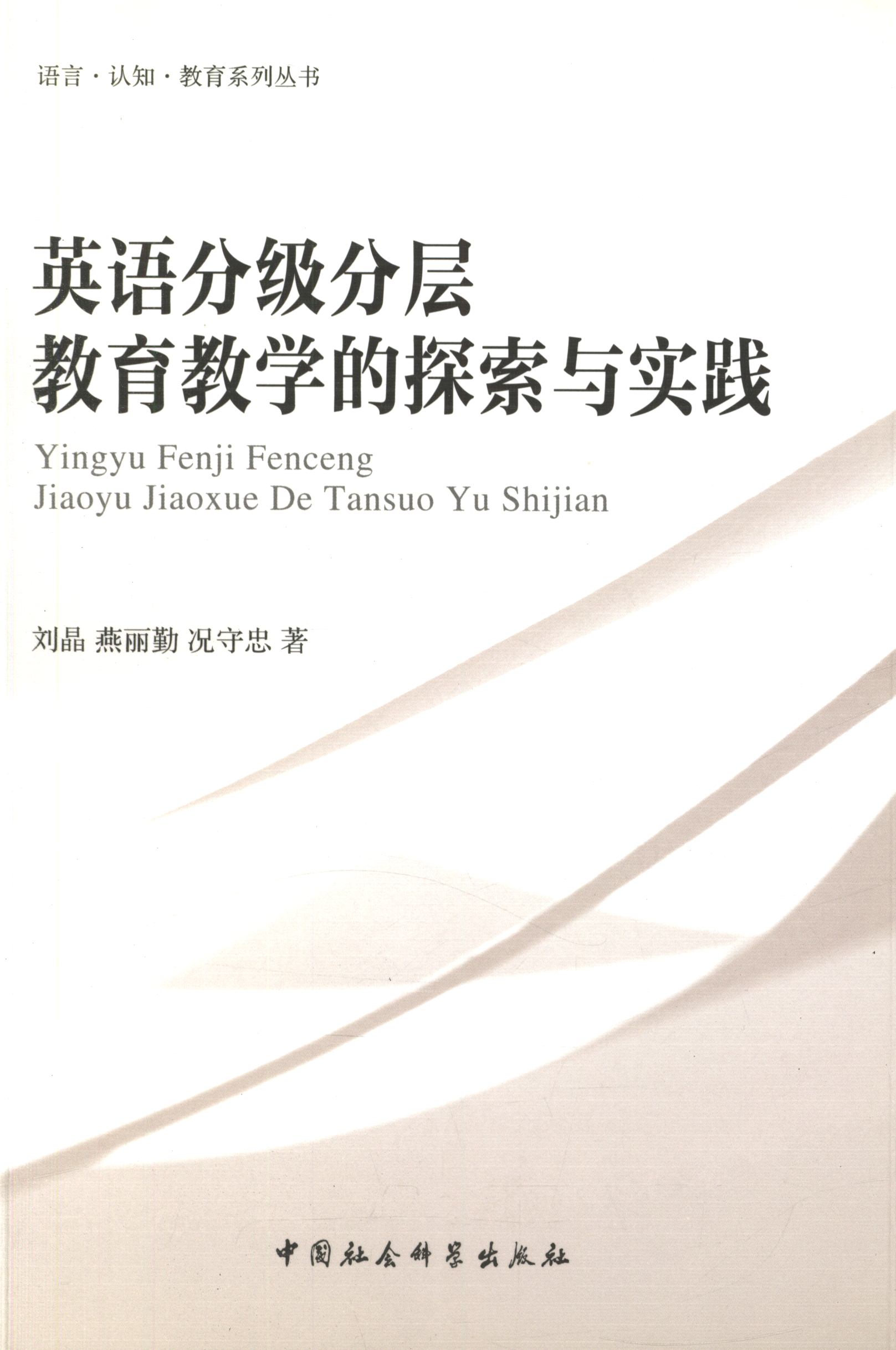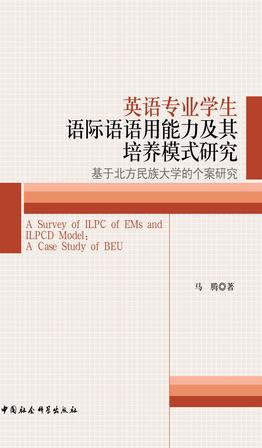
内容简介
作者简介
目录
目录
Acknowledgments
Abstract
Abbreviations
Chapter 1 Introduction
1.1 Research background
1.2 Significance of the research
1.3 Methodology of the research
1.4 Organization of the book
Chapter 2 Literature Review
2.1 Interlanguage
2.2 Interlanguage pragmatics
2.3 Intercultural communication
2.3.1 Nature and scope of intercultural communication
2.3.2 Features and complexities of intercultural communication
2.3.2.1 Factors affecting communication
2.3.2.2 Models of intercultural communication
2.4 Pragmatic transfer,pragmatic failure and fossilization
2.4.1 Pragmatic transfer
2.4.2 Pragmatic fossilization
2.4.3 Pragmatic failure
2.4.3.1 Pragmalinguistic failure
2.4.3.2 Sociopragmatic failure
2.4.3.3 Pragmatic behavioral failure
2.5 Summary
Chapter 3 Interlanguage Pragmatic Competence (ILPC)and the Terminal Goal in its Development
3.1 Interlanguage pragmatic competence
3.1.1 Communicative competence revisited
3.1.2 Interlanguage pragmatic competence—A working model
3.1.2.1 Formulaic linguistic competence
3.1.2.2 Sociocultural competence
3.1.2.3 Interactional competence
3.1.2.4 Metaphoric competence
3.1.2.5 Discourse competence
3.1.2.6 Strategic competence
3.2 The terminal goal of ILPC development
3.2.1 Accuracy
3.2.2 Fluency
3.2.3 Appropriacy
3.2.4 Intercultural pragmatic sensitivity
3.5 Summary
Chapter 4 A Survey of Interlanguage Pragmatic Competence(ILPC)of English Majors (EMs)in Ethnic Universities(EU)—A Case Study of Beifang Ethnic University
4.1 Description of the survey
4.1.1 Participants
4.1.2 Instruments
4.1.3 Data collection
4.1.4 Data analysis
4.2 Results and discussion:A quantitative approach
4.2.1 Global situation of ethnic English majors
4.2.1.1 Global PM situation of ethnic English majors
4.2.1.2 Global SP situation of ethnic English majors
4.2.1.3 Global differences in the output of subjects
4.2.2 Local situation of ethnic English majors
4.2.2.1 The situation of beginner-level HAN,HMT & OTH's PC
4.2.2.2 The situation of the intermediate-levelHAN,HMT & OTH's PC
4.2.2.3 The situation of the advanced-level HAN,HMT & OTH's PC
4.2.3 Differences between HAN and the HMT and OTH as a whole
4.2.3.1 General differences in PM
4.2.3.2 General differences in SP
4.2.3.3 General distribution of differences
4.3 Results and discussion:A qualitative approach
4.3.1 Summary of the differences among HAN,HMT and OTH
4.3.2 Pragmatic failure among HAN,HMT and OTH
4.3.2.1 Formulaic linguistic failure
4.3.2.2 Sociocultural failure
4.3.2.3 Interactional failure
4.3.2.4 Metaphoric pragmatic failure
4.3.2.5 Strategic pragmatic failure
4.3.2.6 Discourse failure
4.3.3 Further discussion:Observations on complexities in EU
4.3.3.1 General observations of differences between English and Chinese
4.3.3.2 Typological observations of OTH:Turkic languages of the Altai family
4.3.3.3 Typological observations of OTH:Mongolian languages of the Altai family
4.3.3.4 Typological observations of OTH:Languages of the Sino-Tibetan family
4.4 Summary
Chapter 5 An Overall Theme-based Interlanguage Pragmatic Competence Development (ILPCD)Model and Strategies for its Implementation
5.1 An overall theme-based ILPCD model
5.1.1 Rationale of theme-based instruction
5.1.2 The overall theme-based instructional model for ILPCD
5.2 Teaching strategies for the themebased ILPCD model
5.2.1 Applying the explicit-implicit teaching method
5.2.2 Offering T-based contextualized metapragmatic lead-ins
5.2.3 Doing interaction,perceiving strategies via contextual awareness
5.2.4 Giving proper corrective feedback in T-based instruction
5.2.5 Paying due attention to grammar-teaching
5.2.5.1 Teaching systematically
5.2.5.2 Following the cognitive principle
5.2.5.3 Exercising integrate practice
5.2.5.4 Valuing the individual difference
5.2.5.5 Making interlingual and intercultural contrast
5.2.5.6 Teaching in discourse
5.2.6 Equipping learners with learning strategies
5.3 Summary
Chapter 6 Conclusion
6.1 Conclusions
6.2 Implications
6.2.1 Theoretical implications
6.2.2 Pedagogical implications
6.3 Limitations of the present research
References
Appendix I 外国语学院英语专业学生语用能力问卷调查
Appendix II 外国语学院英语专业各族学生信息问卷
Appendix III 研究题项对应表
Appendix IV 中国各民族语言系属表
Appendix V Information of Ethnic Groups in China
版权所有:中国社会科学出版社 备案序号: 京ICP备05032912号-1 地址:北京西城区鼓楼西大街甲158号 邮编:100720

